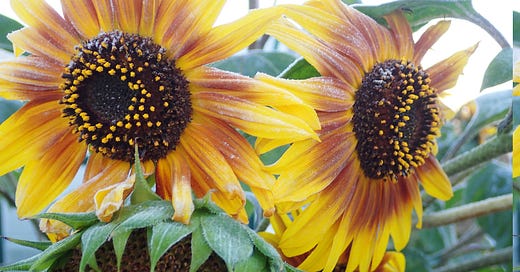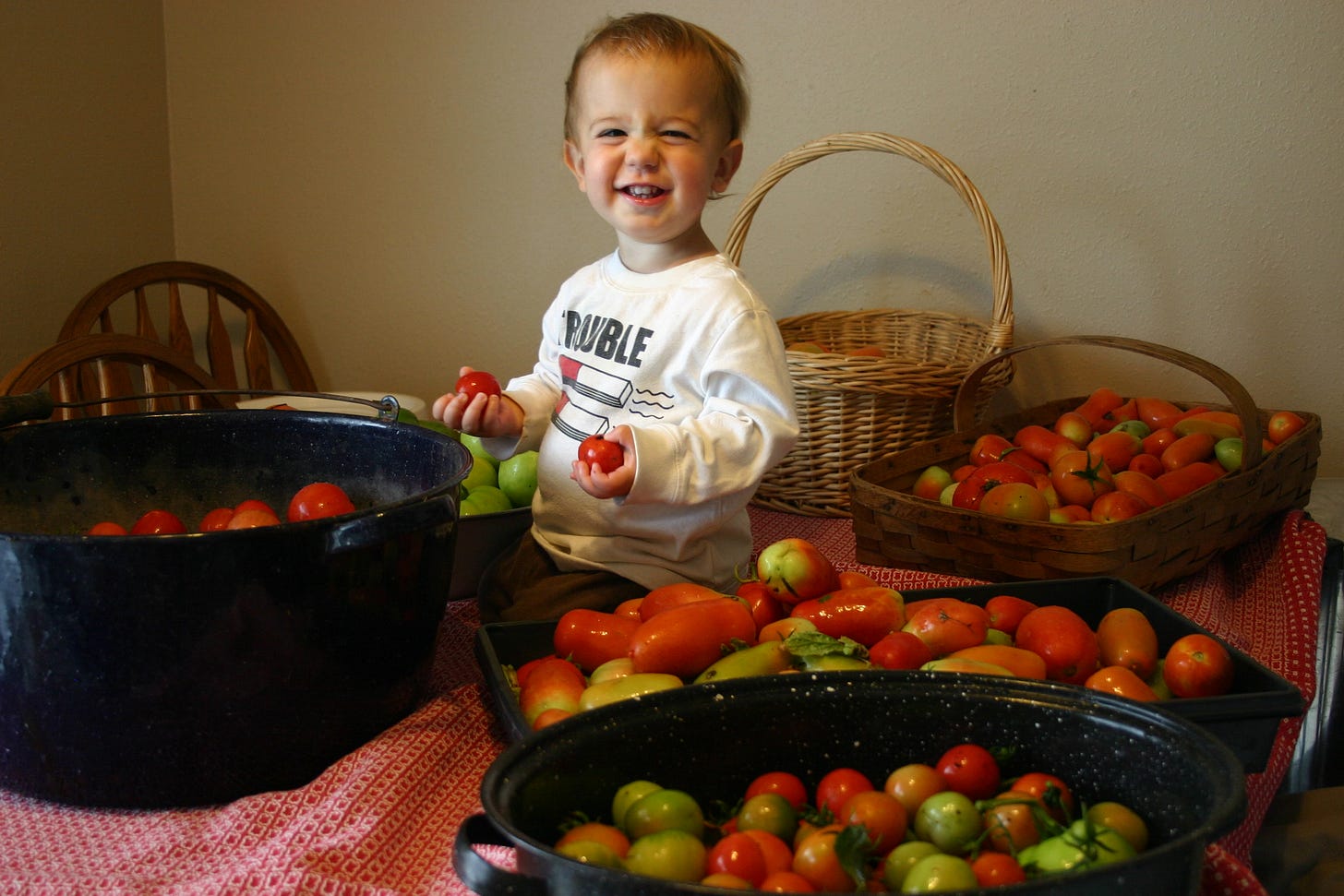Frost is the end game for summer. At this time of year, it's common to check the temperature before turning on a light and then wander into the garden at sunrise, looking for the touch of Jack Frost. The first significant cold snap shuts down our gardens and nips those last wildflower blossoms. It has its own beauty, but I need more time to prepare
.The temperature dropped three nights ago, and the air became humid as soon as the sun set. It felt like it would frost, but it didn't. I need to reference my journals, but this is undoubtedly one of the longest seasons lasting into the autumn I've experienced in my 35 years in Montana. How is it October without a heavy freeze?
Our average frost date for Great Falls, Montana, is right around the third week of September, but of course, Mother Nature does what she wants.
As a gardener, success hinges upon the weather and being ready to match it step by step. In Great Falls, on the east side of the Rocky Mountains, we've had inches of snow in the first week of September, motivating me to harvest green and red tomatoes and cover hardier plants to continue growing once the cold snap passed. That's how it typically goes. We'll have an early frost or freeze event that will kill tender, unprotected plants, but if you can make them survive the night, we'll usually have a few more weeks of decent growing conditions, although it’s typically “game over” by Halloween with a storm that makes the trick-or-treaters work for their candy.
When I lived on the west side of the mountains, in what I affectionately call the land of perpetual winter, the earliest frost was August 22, 1992. Actually, 1992 was one of those summers when I rarely took off a sweatshirt, making it very difficult to grow anything, so that was a fitting, abbreviated ending to the chilly season. But it also makes you remember that we are not in charge.
My go-to tool for frost protection is the lightweight floating row covers made from spun-bonded or woven plastic, polyester, or polypropylene materials. Floating row covers of various thicknesses have been around for well over 25 years now and have saved plants on more than one occasion. The thicker material offers up to four degrees of added protection, and you can increase its efficiency with a few tricks, such as using hoops of some sort to create air space. Or, even double up with the fabric. It doesn't necessarily double its protective capabilities. Still, an extra layer or two placed over the plants is often just what you need to make it through the sunrise when the temperature drops precipitously.
This year, I have not even used a floating row cover even as a precaution. But that's okay. The gardening season is changing. I've seen it in my short time on this planet. As a gardener, it allows me to expand what I can grow. Twenty-five years ago, I'd never consider Swiss chard, spinach, or even cabbage and broccoli in the fall season, as heavy freezes were often hard to avoid. Now, it's almost a given to have at least some of these growing with much fussing until Halloween and many years it is possible harvest hardy vegetables (under protection) until Thanksgiving.
I'm grateful for the extra time to pick a few more tomatoes and delight in finding more zucchini hiding among the vines. I'm equally happy seeing the tenacious, final wildflowers on the trails during these stunningly beautiful autumn days. While it feels odd looking at the October forecast with frost-free nights for at least the next week, I could get used to this.








We've had a light frost twice now over here in the ravines. Nothing on top though.
We're having a similarly long season here in the southern Rockies at 7,000' --my cut flower garden is still going strong and we haven't had to protect anything yet either--very unusual. But I love still harvesting and having the time to fall plant shrubs and a few more perennial flowers.